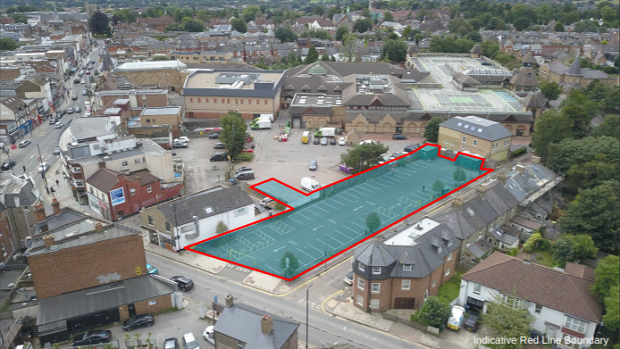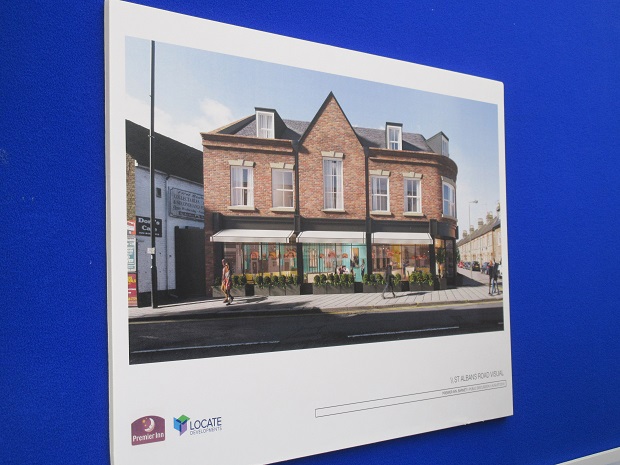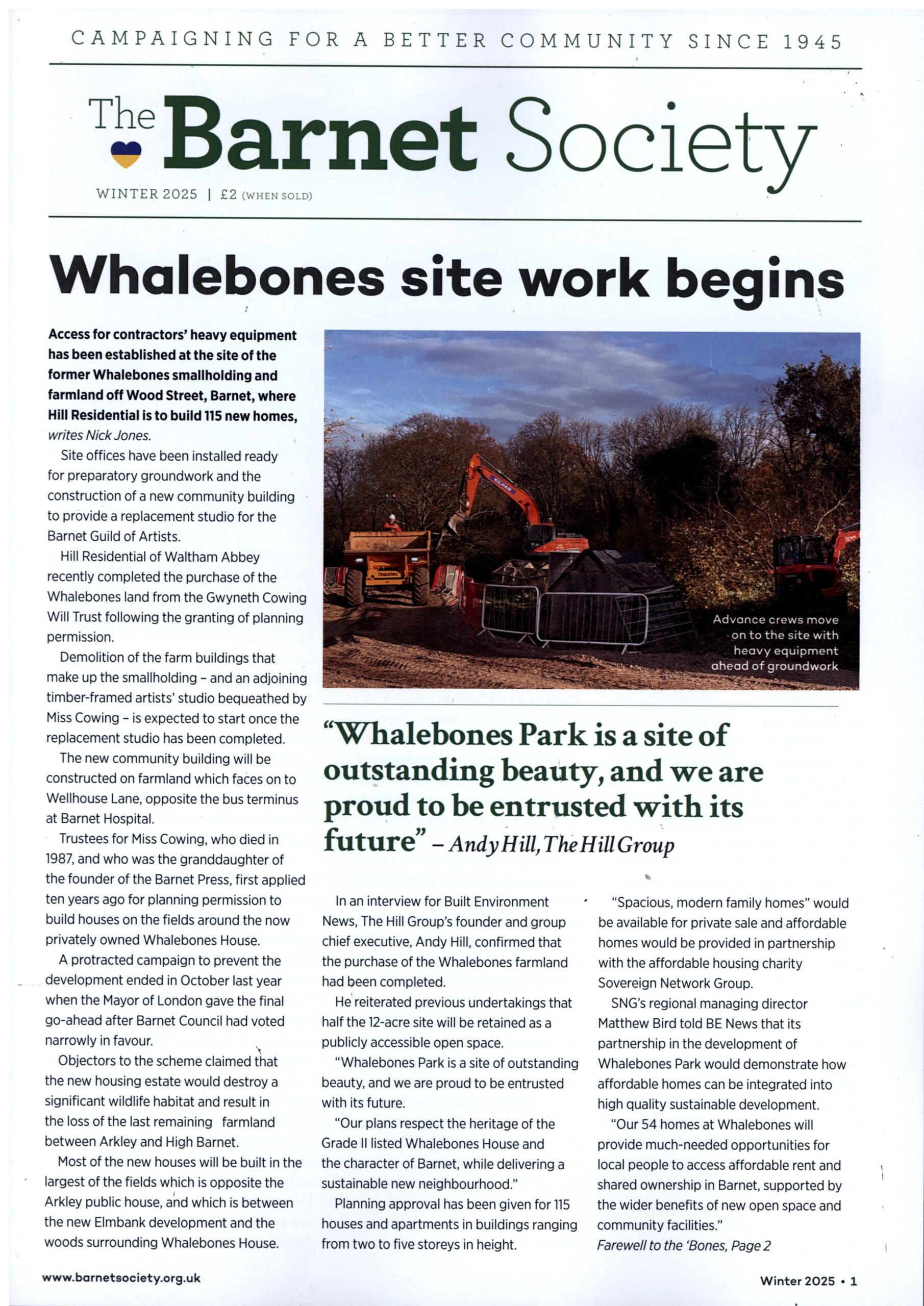Barnet Market site for sale again — and it could be developed with new housing

After Premier Inn abandoned its plans to build a new hotel on the former Barnet Market site, the empty land is back on the market for potential redevelopment with flats and townhouses.
Bids for the site, which is bounded by St Albans Road and Chipping Close, have been received by agents Cushman and Wakefield.
These are now being considered as part of the tender process.
A feasibility study in the sales prospectus suggests two options for redeveloping the 0.4-acre site:
1, A four-storey block of flats on the corner with St Albans Road plus nine town houses along the length of Chipping Close.
2, Two blocks of flats of three and four storeys.
The land is currently owned by Aberdeen City Council (in the care of Aberdeen Standard Investments) which purchased the site for £4 million in April 2019 from Locate Developments (Hotels) Ltd.

In 2018 Locate Developments obtained planning permission to build a 100-bed hotel and restaurant for Premier Inn.
Whitbread’s target date for opening the new hotel was in time for Christmas 2020 but this became a victim on the Covid.19 pandemic and the project was abandoned with the planning approval, limited for three years, expiring in November 2021.
In its sales prospectus, the agents Cushman and Wakefield say the former market site – currently an abandoned car park – has significant potential for residential development subject to planning permission.
Mistakenly, the prospectus says the “site does not sit within a conservation area” and there are no listed buildings in the immediate vicinity.
In fact, the market site is just within the boundaries of the Monken Hadley Conservation Area.
The planning permission granted in 2018 was for the erection of a “part three, part four” storey hotel with ancillary restaurant and parking.
Cushman and Wakefield believe the site would be considered acceptable for residential development and potential purchasers were told the London Plan focuses on developing brownfield land and the edge of town centres, as well as utilising small sites such as the former market.
The feasibility study’s two options indicate a wide range in the number of new homes that could be provided.
The first option with a block of flats with 12 apartments and nine town houses would provide 21 new homes.
But the alternative option of two blocks of “part three, part four storeys” could increase this to 37 new homes.

